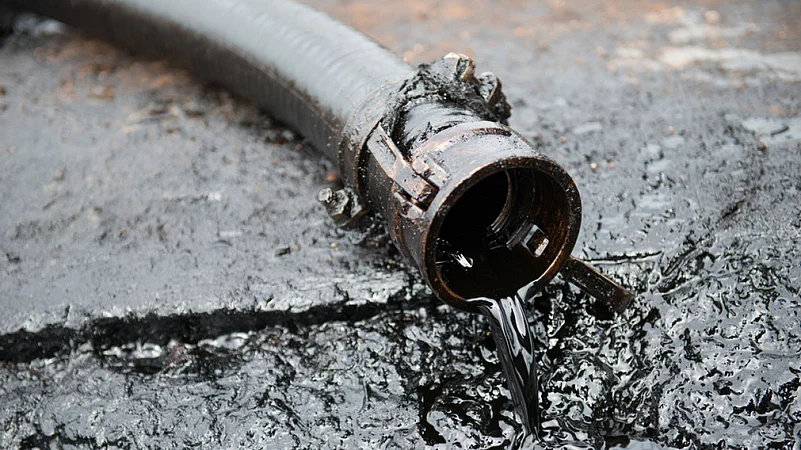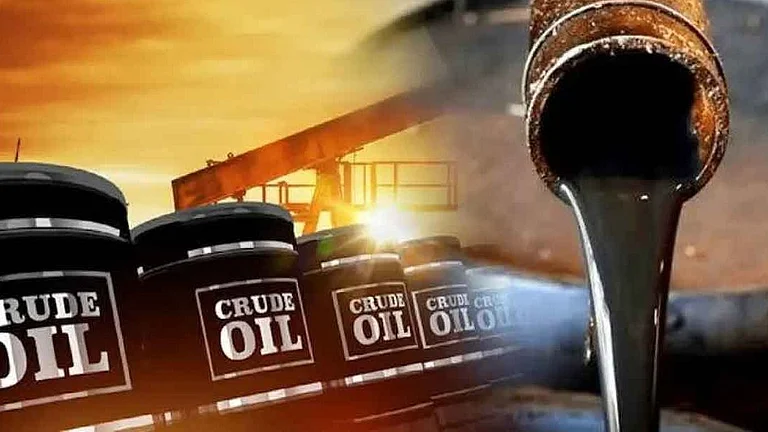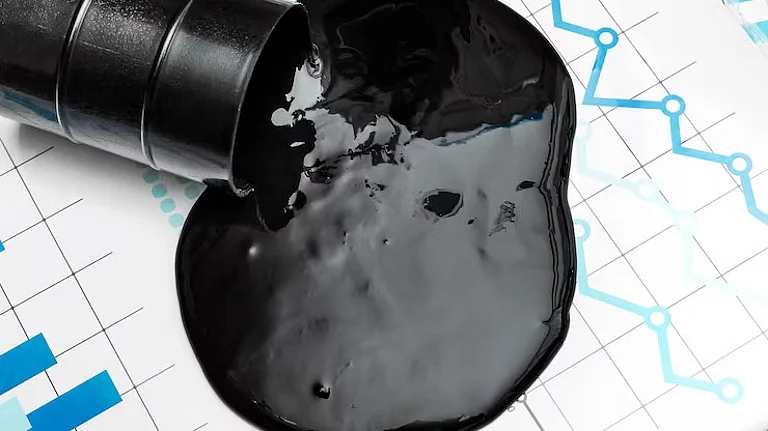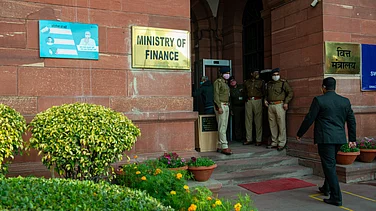The dynamo effect of rising crude oil prices may not reach to India’s growth trajectory despite the country’s huge dependency on oil imports. While the Rupee and the current account deficit (CAD) stand in front of the line to be immediately affected, India’s growth momentum currently stays far from the effect of the price surge.
As a result of Saudi Arabia and Russia’s decision to extend production cuts till the end of 2023, international crude oil prices have been trading at 10-month high levels of over $90 per barrel. Where Brent crude futures settled at $93.34 per barrel on Tuesday, US West Texas Intermediate crude futures ended the session at $91.20 a barrel.
“If global reasons are temporary and the prices do not stay above $95 for a long time, then the long-term effects of the surge will be mitigated,” said Sakshi Gupta, Principal Economist, HDFC Bank. In case the oil prices do not significantly rise any further, the implications will be limited to the currency, current account deficit, and domestic bond yields, she added.
Typically, these indicators, especially the Rupee, are first to slip over the rise in crude oil prices in the international market. Where the Rupee closed at a record low of 83.27 against the dollar on Monday, India’s current account deficit is expected to increase due to the expensive oil prices.
“$1 per barrel increase in crude oil prices may lead to approximately $2 billion annual increase in current account deficit,” said Paras Jasrai, Senior Analyst, India Ratings & Research.
India’s current account deficit narrowed to $1.3 billion in the last quarter of 2022-23 due to an ease in commodity prices, particularly crude oil, and increase in services exports. Nonetheless, the overall deficit amounted to 2 per cent of India’s GDP, up from 1.2 per cent in 2021-22.
Growth Impact
Extension of the production cuts of a combined 1.3 million barrels per day came on top of the April cuts agreed by the Organisation of Petroleum Exporting Countries and its allies (OPEC+) that run to the end of 2024.
Since the rise in crude oil prices has a negative correlation with the profit margins of the companies who use significant amount of oil as input, several industries in India such as manufacturing and aviation see their business impacted, hence, affecting the economy at large.

Considering India’s vulnerable spot as a net importer of the crude oil, Nomura in a report said India will be one of the major economies to be impacted as it is dependent on imports for more than 80 per cent of its crude requirements.
However, economists are of view that the tunnel is still too long for the oil to leak on the path of India’s growth.
Madhavi Arora, Chief Economist at Emkay Global Financial Services said the future GDP projections might not be affected if the prices do not sustain over $95 per barrel or reach to $100 per barrel. “Unless the prices stay elevated in the next months and go above $100, we have a good scope to absorb the impact,” she added.
India’s GDP grew by 7.8 per cent in June quarter of 2023-24, compared to 13.1 per cent in the same quarter a year ago. However, the growth rate surpassed the previous quarter’s increase of 6.1 per cent.
The Reserve Bank of India has projected India’s GDP growth for 2023-24 at 6.5 per cent on back of strong domestic demand conditions. For 2024-25, the structural model of the central bank projected the real GDP growth at 6.5 per cent, with quarterly estimates ranging between 5.5 per cent and 7.0 per cent.
RBI has estimated the Indian crude oil basket to average $85 per barrel in the current financial year. As per the data available on the Petroleum Planning and Analysis Cell, the average price of the Indian crude oil basket settled at $80 per barrel for the first five months of the year.
Other Concerns
Another macroeconomic indicator which was supposed to be at risk is the Consumer Price Index (CPI) as it has already been struggling this year due to a delayed monsoon in the country. However, analysts point to the recent trends of Oil Marketing Companies not significantly increasing the retail prices even after crude reached $140 per barrel in March 2022.
India’s retail inflation moderated to 6.83 per cent in August from a 15-month high of 7.44 per cent in July, primarily due to an ease in vegetable prices.
Jasrai said that if the entire increase in crude oil’s price, which has a share of around 2.3 per cent in the CPI, is passed to the consumers then it would lead to an increase of 42 basis-points in retail inflation. “If the higher crude prices are either fully passed through to consumers or absorbed by the oil marketing companies there would not be any impact on fiscal deficit,” he noted.
India’s fiscal deficit for June quarter of 2023-24 stood at Rs 4.51 lakh crore, or 25 per cent of government’s annual estimate. The gap had widened from 21 per cent comparable to the same period a year ago.
Going forward, any measure from the government’s side to tame oil prices may have a negative impact on the fiscal deficit.































